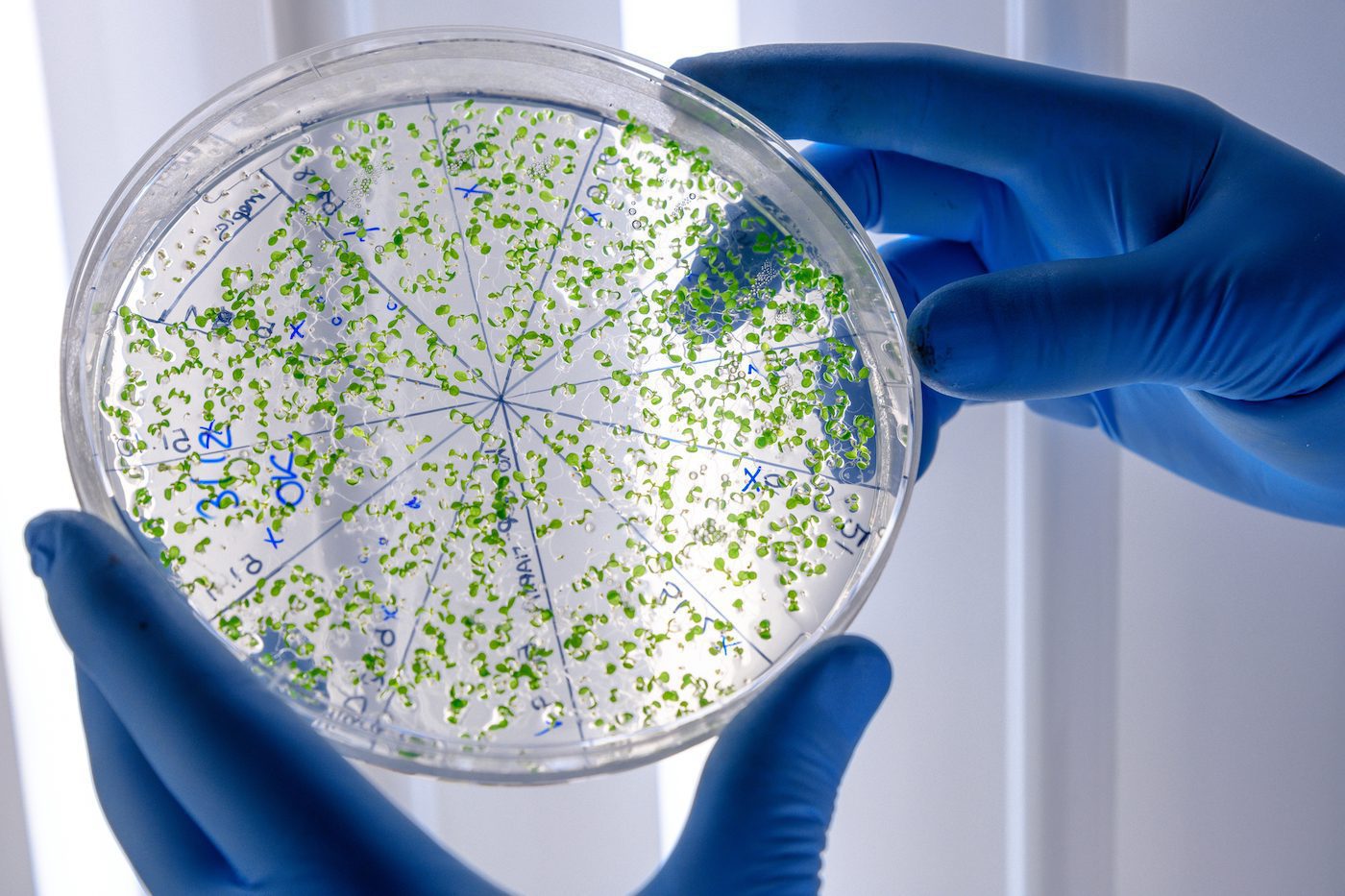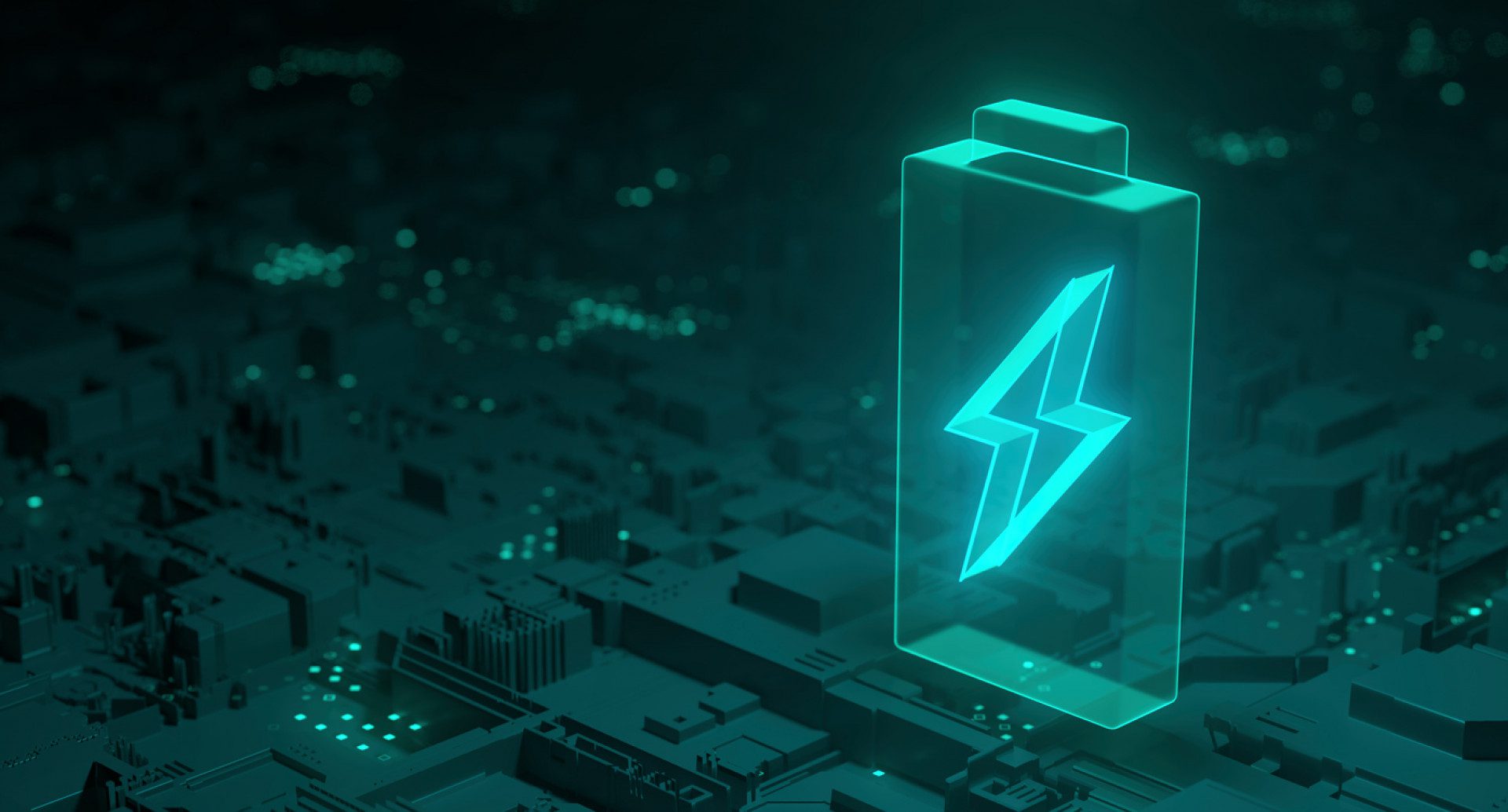Have you ever wondered what the possibilities of artificial chloroplasts could be? Artificial chloroplasts are synthetic organelles that can be used to produce energy, create fuel, and even generate pharmaceuticals. In this blog, we’ll be exploring the potential of artificial chloroplasts and what the future holds for this amazing technology.
What are Artificial Chloroplasts?
Artificial chloroplasts are synthetic organelles that are designed to mimic the function of natural chloroplasts. Chloroplasts are organelles found in plants and algae that are responsible for photosynthesis, the process of converting light energy into chemical energy. Artificial chloroplasts are created in a laboratory and are made up of proteins, lipids, and other molecules that make up the chloroplast.

The primary benefit of artificial chloroplasts is that they can produce energy in a more efficient way than natural chloroplasts. Artificial chloroplasts are able to convert light energy into chemical energy more efficiently than natural chloroplasts, and this can be used for a variety of purposes. Artificial chloroplasts can also be used to create fuel, generate pharmaceuticals, and even produce genetically modified organisms.
What are the Benefits of Artificial Chloroplasts?
The primary benefit of artificial chloroplasts is that they are more efficient than natural chloroplasts at converting light energy into chemical energy. This means that artificial chloroplasts can be used to generate energy more quickly and efficiently than natural chloroplasts.
Another benefit of artificial chloroplasts is that they can create fuel. Artificial chloroplasts can be used to convert light energy into fuel that can be used as an alternative energy source. This fuel can be used to power vehicles, generate electricity, and even be used as a source of heat.
Finally, artificial chloroplasts can be used to generate pharmaceuticals. By using artificial chloroplasts, scientists can create new drugs that can be used to treat various diseases. This could potentially revolutionize the pharmaceutical industry and help to find cures for many diseases.
How are Artificial Chloroplasts Created?
Artificial chloroplasts are created in a laboratory using genetic engineering techniques. In order to create artificial chloroplasts, scientists first need to extract the genetic material from a natural chloroplast. This genetic material is then inserted into a host cell, which is then transformed into an artificial chloroplast.
Once the artificial chloroplast has been created, it can be modified to produce energy, fuel, or pharmaceuticals. This process is known as “directed evolution,” and it allows scientists to customize the artificial chloroplast to produce the desired products.
What are the Different Types of Artificial Chloroplasts?
There are several different types of artificial chloroplasts that can be created. The most common type of artificial chloroplast is a photosynthetic artificial chloroplast (PAC). This type of artificial chloroplast is designed to convert light energy into chemical energy.
Another type of artificial chloroplast is a photosynthetic fuel cell (PFC). This type of artificial chloroplast is designed to convert light energy into fuel, such as hydrogen or methane. Finally, there are artificial chloroplasts that are designed to produce pharmaceuticals. These types of artificial chloroplasts are created by inserting genetic material from a natural chloroplast into a host cell, which is then transformed into an artificial chloroplast.
What are the Potential Applications of Artificial Chloroplasts?
The potential applications of artificial chloroplasts are vast. Artificial chloroplasts can be used to generate energy, create fuel, and even generate pharmaceuticals.
Artificial chloroplasts can be used to generate energy in a more efficient way than natural chloroplasts. This could potentially revolutionize the energy industry and help to reduce our reliance on traditional fossil fuels.
Artificial chloroplasts can also be used to create fuel, such as hydrogen or methane. This fuel can be used to power vehicles, generate electricity, and even be used as a source of heat.
Finally, artificial chloroplasts can be used to generate pharmaceuticals. By using artificial chloroplasts, scientists can create new drugs that can be used to treat various diseases. This could potentially revolutionize the pharmaceutical industry and help to find cures for many diseases.
How Are Artificial Chloroplasts Used in Research?
Artificial chloroplasts are often used in research to study photosynthesis and various biological processes. For example, by studying artificial chloroplasts, scientists can learn more about the process of photosynthesis and how it can be used to create energy.
In addition, artificial chloroplasts can be used to study the production of pharmaceuticals. By studying the production of pharmaceuticals in artificial chloroplasts, scientists can gain a better understanding of how these drugs are produced and how they can be used to treat diseases.
Finally, artificial chloroplasts can also be used in genetic engineering. By using artificial chloroplasts, scientists can create genetically modified organisms that can be used for a variety of purposes.
What are the Challenges and Limitations of Artificial Chloroplasts?
Although artificial chloroplasts have many potential applications, there are also several challenges and limitations to their use. One of the main challenges is that artificial chloroplasts are not as efficient as natural chloroplasts. This means that they cannot convert light energy into chemical energy as quickly or efficiently as natural chloroplasts.
In addition, artificial chloroplasts are not as stable as natural chloroplasts. This means that they can break down over time and become ineffective.
Finally, artificial chloroplasts are not as cost-effective as natural chloroplasts. This means that it can be expensive to produce artificial chloroplasts, which makes them less attractive for commercial applications.
What is the Future of Artificial Chloroplasts?
Despite the challenges and limitations of artificial chloroplasts, there is still a lot of potential for this technology. Artificial chloroplasts could potentially revolutionize the energy industry by providing an efficient and cost-effective way to generate energy.
In addition, artificial chloroplasts could also revolutionize the pharmaceutical industry. By using artificial chloroplasts, scientists could create new drugs that could potentially be used to treat a variety of diseases.
Finally, artificial chloroplasts could also be used in genetic engineering. By using artificial chloroplasts, scientists could create genetically modified organisms that could be used for a variety of purposes.
Artificial chloroplasts are an amazing technology with a lot of potentials. They can be used to generate energy, create fuel, and even generate pharmaceuticals. Although there are a few challenges and limitations to their use, the future for artificial chloroplasts is bright. So, if you’re looking for a way to revolutionize the energy or pharmaceutical industries, then artificial chloroplasts might be the perfect solution.







